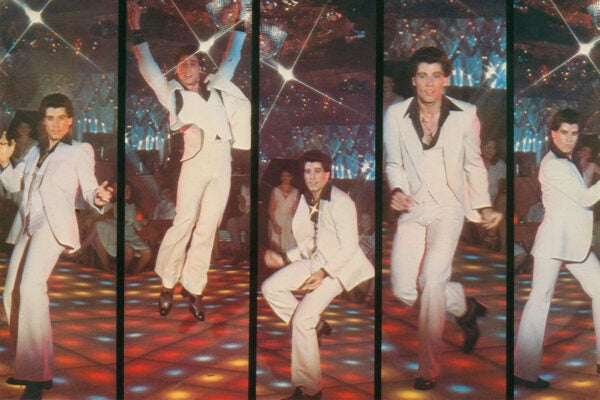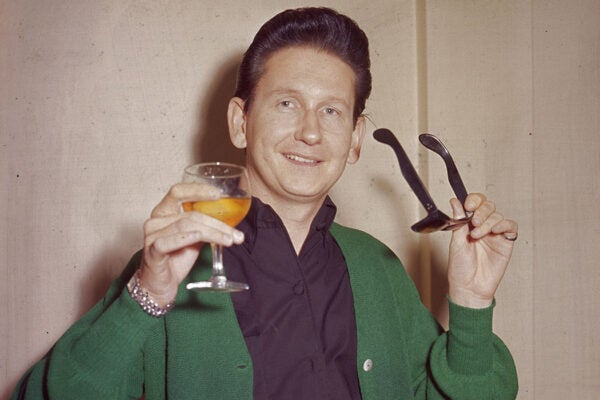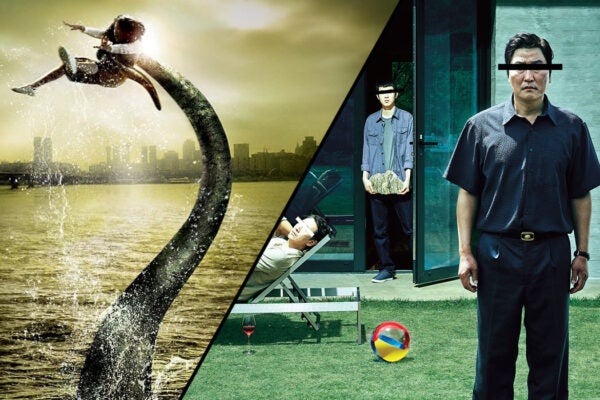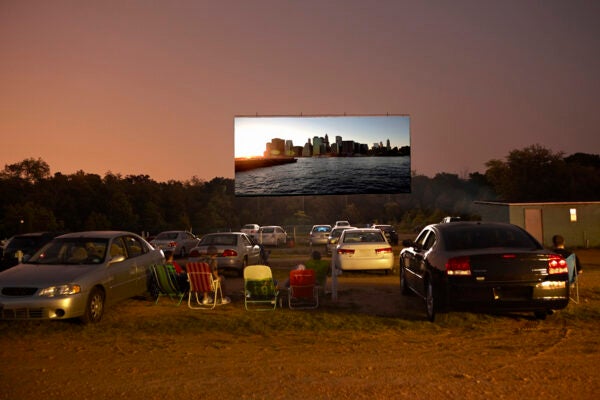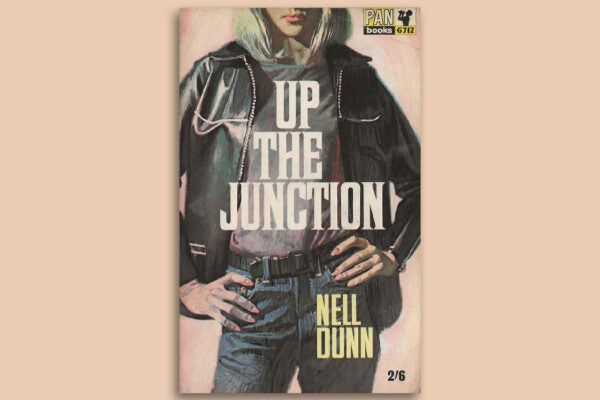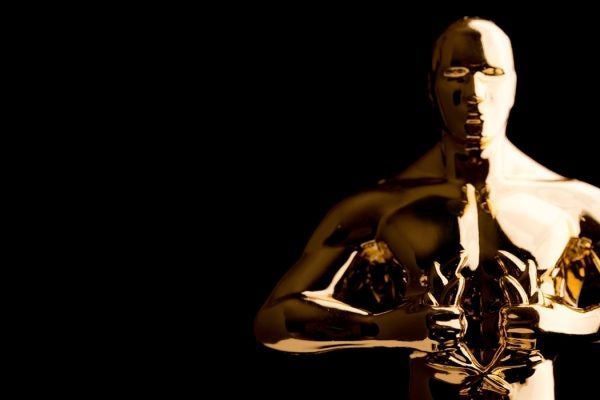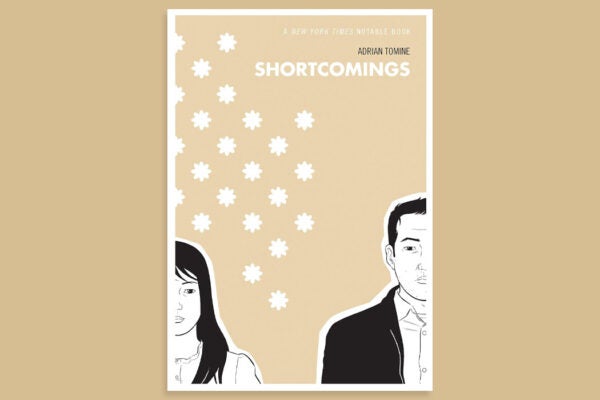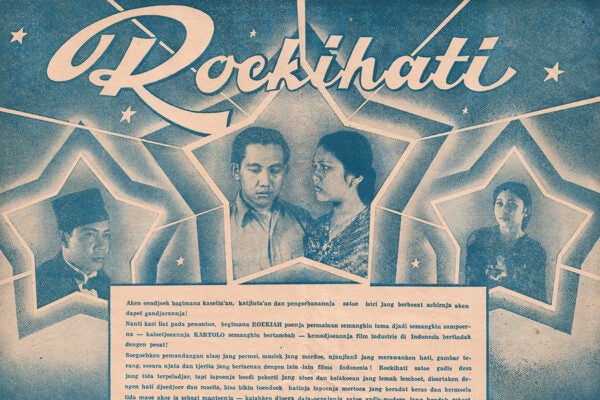Disco and Classical Music: A Copacetic Couple
Despite seeming like strange dance partners, disco and classical make the best music—together.
How Roy Orbison’s Repertoire Shaped David Lynch’s Films
Drawing on the nostalgic feelings evoked by Orbison's music, Lynch added new layers to the cinematic traditions of film noir.
From The Host to Parasite: Hollywood’s Hidden Hand
Bong Joon-ho’s films interrogate the ways modern Korean culture has been shaped by the post-war relationship between the United States and South Korea.
The Enduring Drive-In Theater
Even as televisions spread across the American landscape, the drive-in movie theater grew in popularity in the years following World War II.
The Development of Central American Film
A new collection of essays examines the reasons behind the recent boom in feature and documentary film-making from Belize to Panama.
Up the Junction: A Place, A Fiction, A Film, A Condition
In addition to a New Wave hit, Nell Dunn's 1963 book about young women in a poor London neighborhood inspired a Ken Loach adaption that helped shift British attitudes toward abortion.
A Night at the Oscars
All (or at least a lot) of what you need to know before going to this year’s Academy Awards watch party.
The Indelible Lessons of Erasure
A Percival Everett fan weighs in on the novelist’s approach to racial satire and considers the translation of Erasure to the big screen in American Fiction.
Shortcomings Shows the Loneliness of Refusing to “See” Race
Adrian Tomine’s graphic novel forces the reader to surveil the world through the eyes of its protagonist, Japanese American theater manager Ben Tanaka.
The Lost World of Pre-War Malay Cinema
Using the few surviving copies of the 1940s magazine Film Melayu, historian Timothy Barnard chronicles the discourse surrounding the Golden Age of Malay film.
